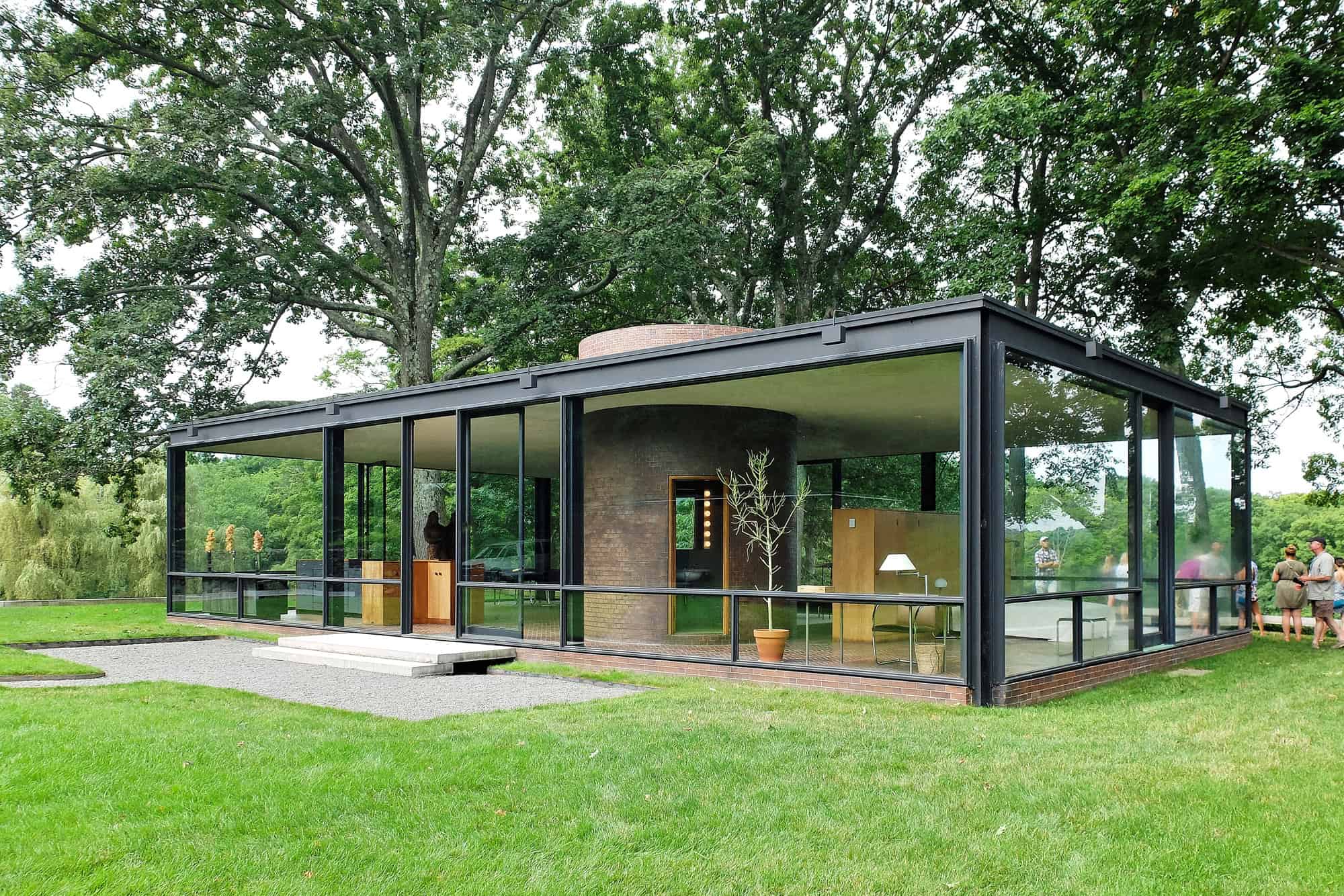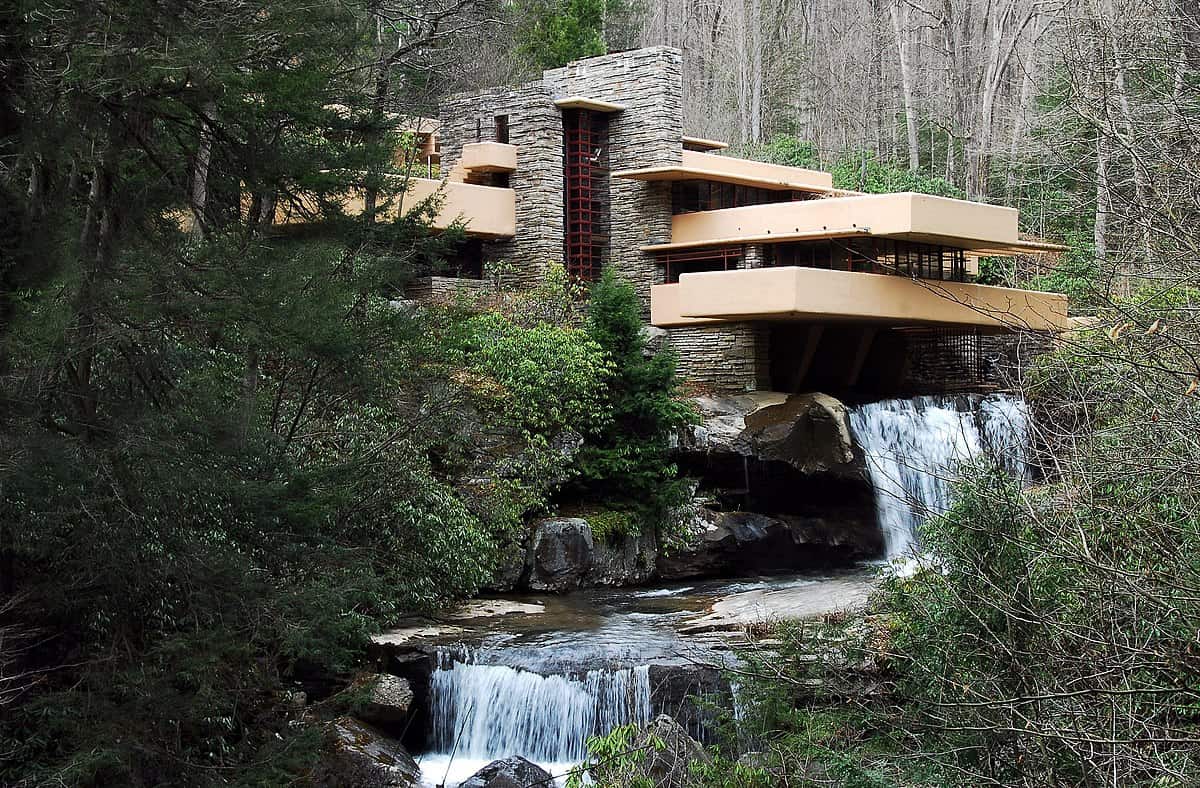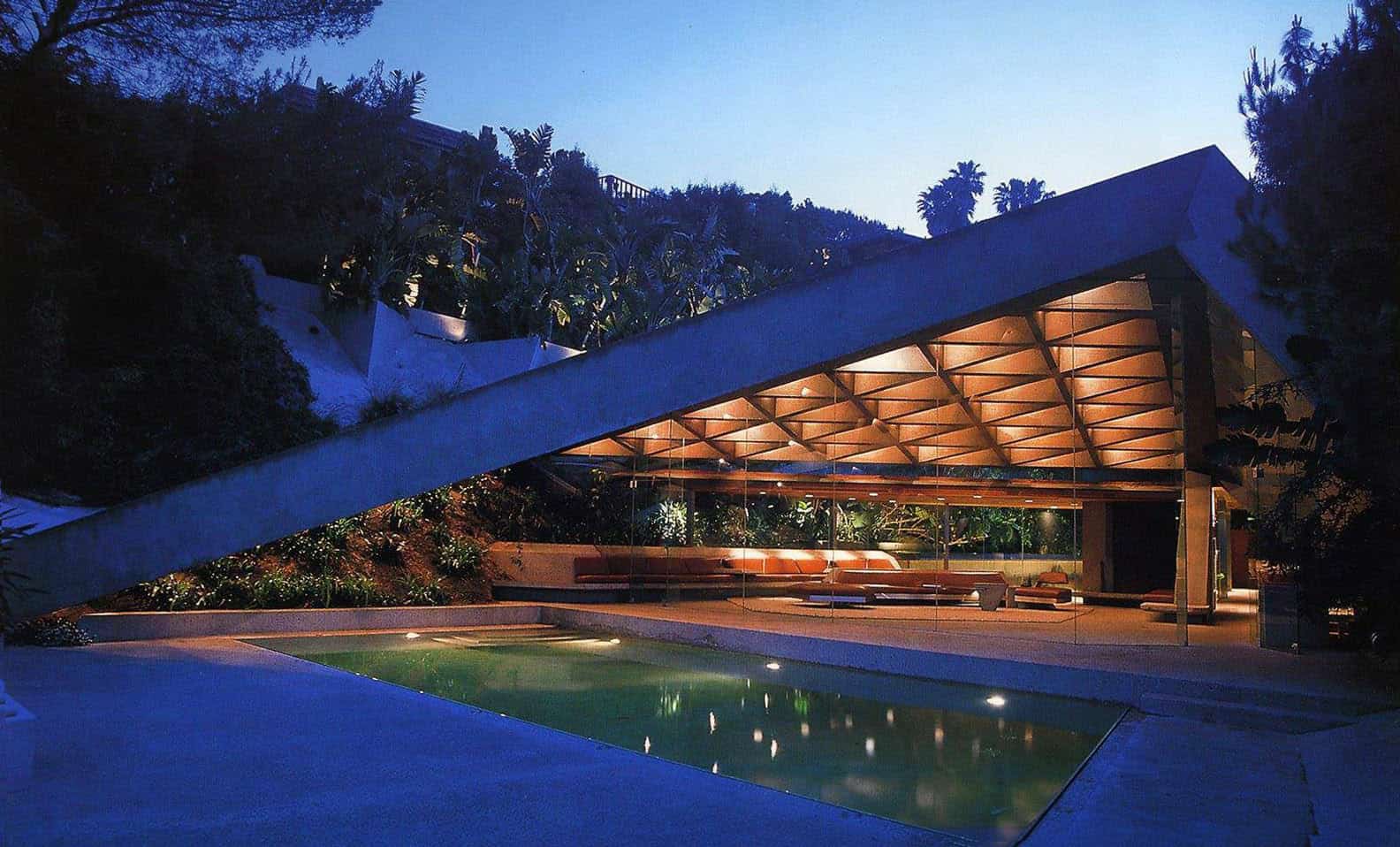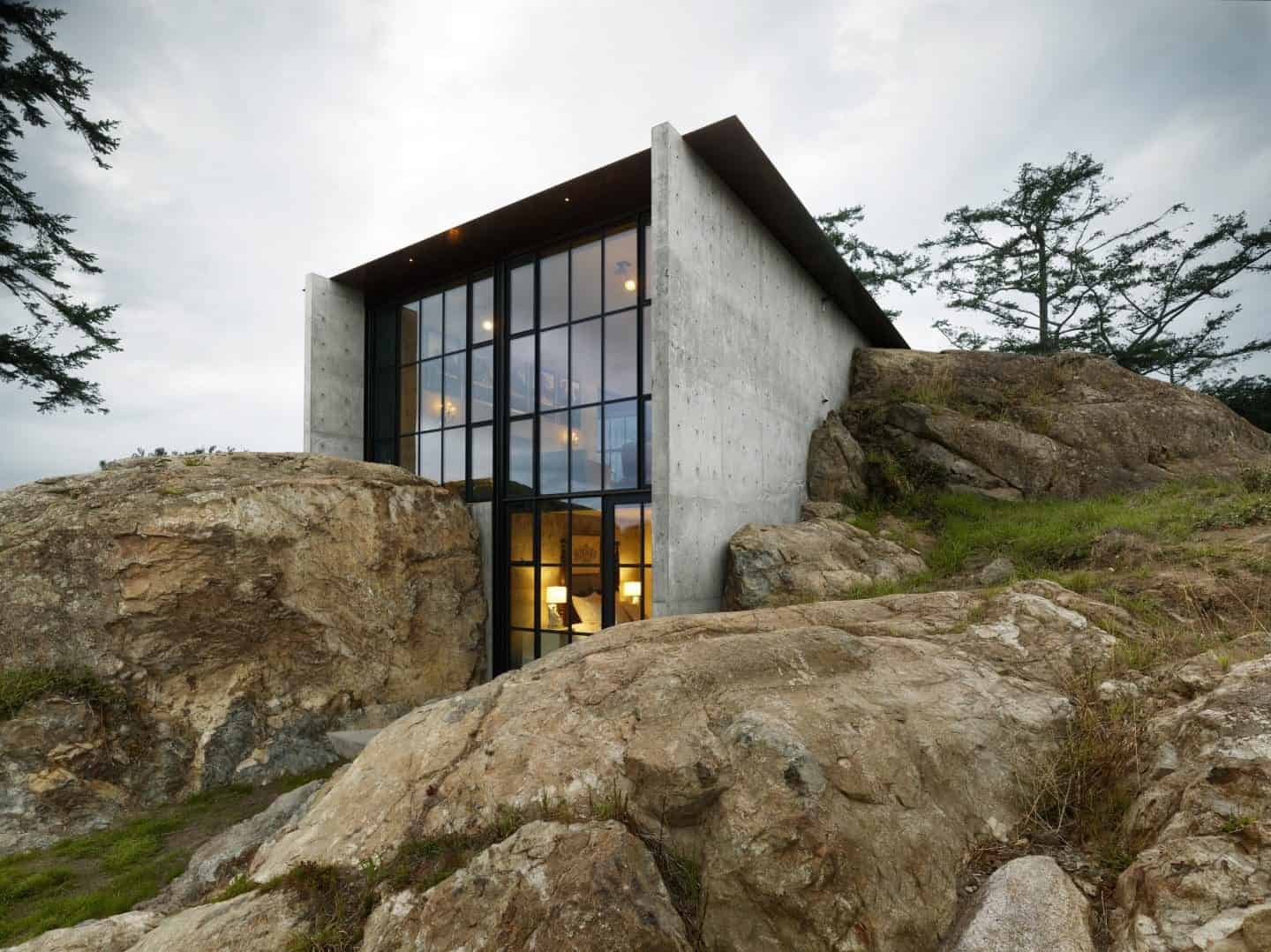Windows are undoubtedly one of the most popular home upgrades for homeowners looking to improve their living spaces.
As we outlined in our post on how big windows bring in a ton of light, they can also improve visual appeal, promote well-being, and create the illusion of space. Furthermore, the U.S. Department of Energy highlights that energy-efficient windows can reduce household energy bills by 12%, making them a valuable long-term investment. They can dramatically transform the aesthetic appeal of a house, enhance natural light, and even increase property value. Among the many window styles available, curved glass windows are emerging as a sophisticated and innovative choice that not only elevates a home’s design but also offers a range of architectural and practical benefits.
The Making of Curved Glass Windows
The process of manufacturing curved glass is far more intricate than that of standard flat glass. Traditional window glass is produced by floating molten glass on a bed of molten tin to achieve a uniform thickness and a smooth surface. Once cooled, the flat glass is cut to size and installed.
The process of making curved glass, however, undergoes a more specialized process called glass bending. This technique involves heating the glass to temperatures above 600 degrees Celsius (1,100 degrees Fahrenheit), at which point it becomes malleable. The softened glass is then carefully shaped over a mold to achieve the desired curvature. After shaping, the glass is slowly cooled in a process known as annealing, which ensures its own business structural integrity and minimizes internal stress. In some cases, tempered or laminated curved glass is produced for additional strength and safety.
The Architectural Benefits of Curved Glass Windows
1. Enhanced Aesthetic Appeal
Curved glass windows create a seamless, fluid appearance that breaks away from the rigid lines of conventional architecture. Their sleek, modern look adds a touch of elegance and sophistication to any home, making them a focal point that impresses both residents and visitors alike.
2. Maximized Natural Light
The curvature of the glass allows for a wider field of view and better light distribution throughout a room. Sunlight can penetrate deeper into living spaces, creating a bright and inviting atmosphere. This not only reduces the need for artificial lighting but also positively impacts mood and well-being.
3. Improved Energy Efficiency
Curved glass windows can be designed with advanced glazing technologies to improve thermal insulation. Double or triple-glazed curved units can reduce heat loss during winter and minimize heat gain in the summer, resulting in lower energy bills and a more comfortable indoor environment.
4. Unobstructed Panoramic Views
Curved glass windows provide expansive, uninterrupted views of the surrounding landscape. This is particularly beneficial for homes situated in scenic locations, as it allows residents to enjoy their natural surroundings without the visual interference of window frames and mullions.
5. Structural Strength and Safety
Due to the manufacturing process, curved glass is often more robust than standard flat glass. Tempered or laminated curved glass offers increased resistance to impact, making it a safer option for households with children or areas prone to severe weather conditions.
6. Space Optimization
Curved glass can be integrated into rounded corners, bay windows, or other unconventional architectural designs. This allows homeowners to maximize their use of space while achieving a unique and contemporary look.
Iconic Homes Featuring Curved Glass Windows
1. The Glass House (Philip Johnson, 1949)
One of the most famous examples of curved and expansive glass use is Philip Johnson's Glass House in New Canaan, Connecticut. This modernist masterpiece features floor-to-ceiling glass walls that blur the boundaries between the interior and the surrounding landscape. While the glass in this home is primarily flat, the seamless connection with nature laid the groundwork for later innovations involving curved glass.

2. Fallingwater (Frank Lloyd Wright, 1935)
Located in Pennsylvania, Fallingwater is renowned for its organic architecture, integrating natural elements with human habitation. Wright incorporated curved glass windows into the design to harmonize with the flowing water and rugged landscape. These windows allow light to enter the home while maintaining a soft, organic aesthetic.

3. The Sheats-Goldstein Residence (John Lautner, 1963)
Situated in Los Angeles, the Sheats-Goldstein Residence is a futuristic home that embraces innovative glass applications. Lautner used curved and angular glass panels to create a sense of openness and continuity with the outdoors. The house's distinctive design exemplifies how curved glass can enhance both form and function.

4. The Pierre House (Tom Kundig, 2010)
Perched on a rocky island in Washington State, the Pierre House is a modern architectural marvel that integrates curved glass elements into its rugged environment. Kundig's design incorporates sweeping glass windows that follow the natural contours of the site, offering breathtaking views of the surrounding water and landscape.

Transforming Your Home with Curved Glass Windows
For homeowners seeking to elevate their property, curved glass windows represent an investment in both aesthetics and functionality. While the initial cost may be higher than standard windows, the long-term benefits—including increased property value, improved energy efficiency, and enhanced living experience—often outweigh the expense.
When considering curved glass windows, it is essential to work with experienced architects and manufacturers who specialize in custom glass solutions. Proper installation is critical to ensuring the durability and performance of the windows.
As architectural trends continue to evolve, curved glass windows are likely to become an increasingly popular choice for homeowners who value cutting-edge design and sustainable living. By embracing this innovative feature, you can create a home that is not only visually stunning but also comfortable, efficient, and deeply connected to its
surroundings. For more information on upgrading your windows, we have covered three things you may not have known.

